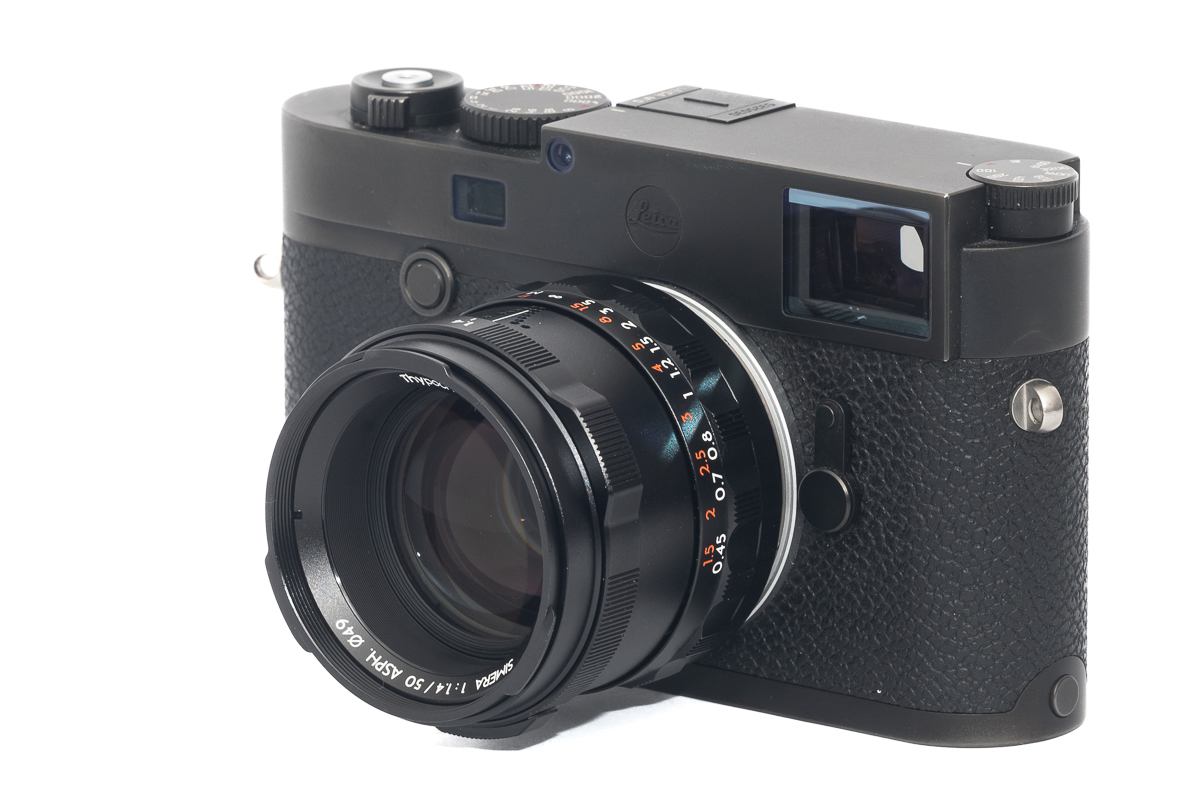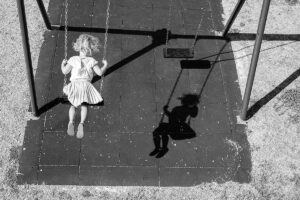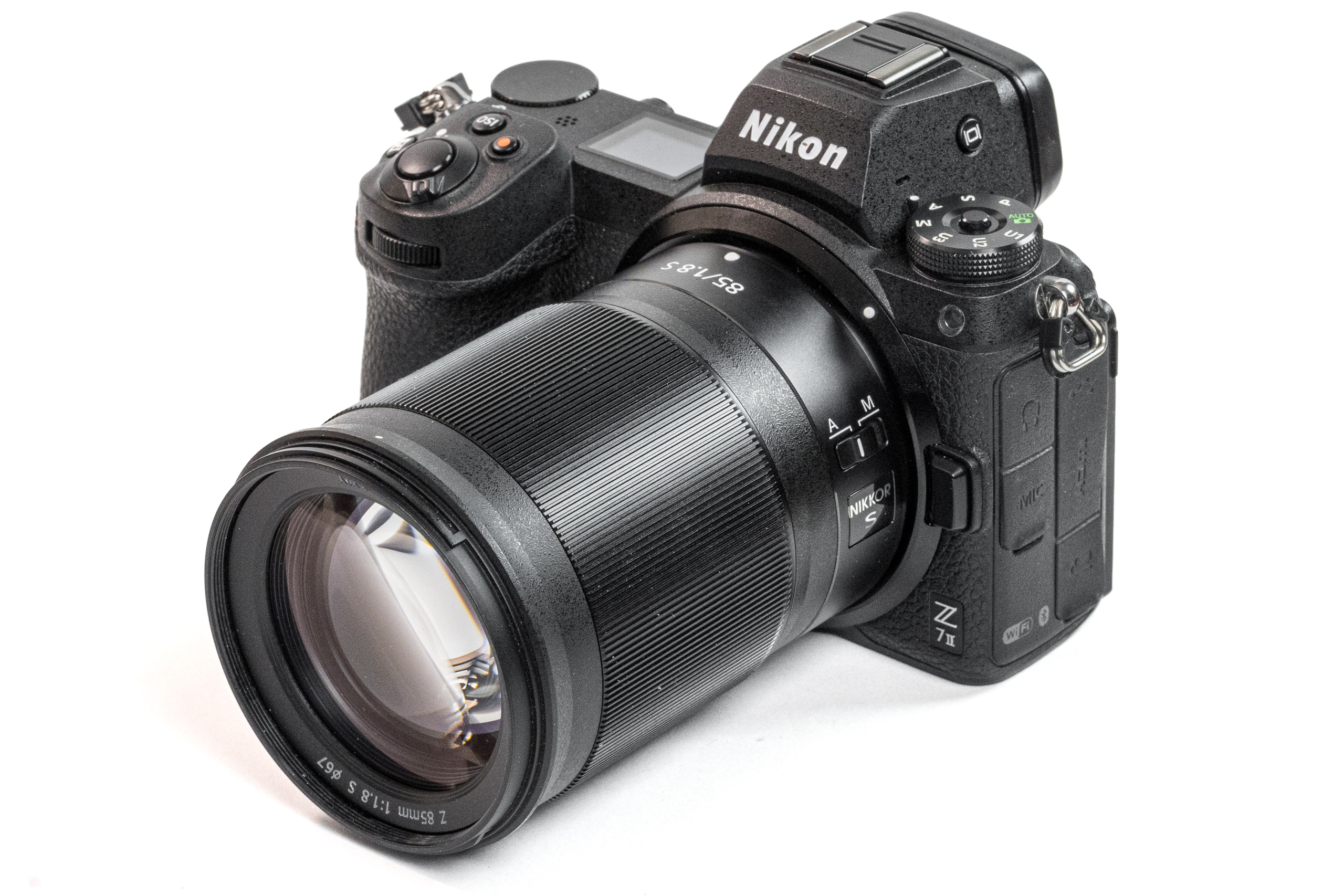Updated October 2024
Travel can expose you to once-in-a-lifetime sights and experiences, and a good camera can be the perfect way to preserve those memories. We've looked at a range of models that offer great image quality, good autofocus and excellent video, so you'll be prepared to capture whatever you run into.
We've also tried to select relatively small cameras so they don't interfere with your trip, though it's worth touching briefly on lens size. If you choose a system with a Four Thirds or APS-C sensor, you'll be able to use lenses that are lighter and more compact than their full-frame counterparts. Full-frame sensors, however, offer the potential for even better image quality, so it's worth considering whether portability or image quality matters more to you and doing some research on what types of lenses you'd like to use and how big the full-frame versions are.
Our recommendations
- Portable full-frame: Sony a7CR
- All-round compact capability: Sony a6700
- The great travel kit: Fujifilm X-T50 with 16-50mm F2.8-4.8
- Truly compact mirrorless: OM System OM-5
- The stylish travel companion: Nikon Zf
- The classic choice: Fujifilm X100VI
- Best pocketable travel camera: Ricoh GR III
Portable full-frame: Sony a7CR
61MP BSI CMOS sensor | 4K/60p video with 10-bit color | Dedicated ‘AI’ processor for AF system
 |
| Photo: Richard Butler |
What we like:
- Big camera features in a small body
- Outstanding AF performance
- Auto Framing video mode
What we don't:
- Small, low-res viewfinder
- No joystick control
- No fully mechanical shutter
The Sony a7CR is a relatively compact full-frame camera with an image-stabilized 61MP CMOS sensor. You sacrifice the convenience of an AF joystick and get a pretty small and basic viewfinder to keep the camera's size down, but there's little else that delivers this much image quality in such a compact package.
You'll need to pick your lenses carefully to keep the camera portable but the a7CR's autofocus means it can respond rapidly to just about anything you encounter on your travels.
Read our Sony a7CR initial review
All-round compact capability: Sony a6700
26MP BSI CMOS sensor | 4K/60p video capture | Fully articulating screen
 |
| Photo: Richard Butler |
What we like:
- Front and rear command dials
- Excellent AF in stills and video
- 4K/120p capture (with crop)
What we don't:
- No AF joystick
- JPEG sharpening can be aggressive
The Sony a6700 is built around a 26MP APS-C-sized sensor. Its excellent autofocus performance means it excels at both stills and video capture. There's a good choice of relatively compact lenses available, too. We'd suggest avoiding the really small 16-50mm F3.5-5.6 though: it's not the lens to get the most out of this camera.
Fast, dependable autofocus with a selection of subject recognition modes means the a6700 will help maximize your chances of capturing the unexpected moments on a trip.
Read our full Sony a6700 review
See the Sony a6700 studio scene
The great travel kit: Fujifilm X-T50 w/ 16-50mm F2.8-4.8
40MP APS-C BSI CMOS sensor | In-body image stabilization rated to 7EV | 6.2K 10-bit video recording
 |
| Photo: Richard Butler |
What we like:
- Great JPEG colors with a profile control dial
- Full-featured auto mode
- Compact and light
What we don't:
- Autofocus tracking can struggle to keep up
- Tiny viewfinder
- Small battery
The X-T50 can be purchased with Fujifilm's excellent 16-50mm F2.8-4.8 kit lens, which provides a versatile focal length for travel and should be able to keep up in darker environments. Fujifilm also sells a wide variety of relatively fast, compact primes.
Read our full Fujifilm X-T50 review
See the Fujifilm X-T50 studio scene
The other Fujifilm
We haven't fully reviewed the Fujifilm X-M5 yet, but if you're looking for an APS-C camera that's even smaller than the X-T50, it may be worth considering. It's substantially cheaper, though it's easy to see where the company has saved money: it uses a lower-resolution 26MP sensor, which isn't stabilized, and there's no EVF. It does have the same film simulation dial and autofocus subject recognition modes, though, so those tradeoffs may be worth it if size or price are your top priority.
Truly compact mirrorless: OM System OM-5
20MP Four Thirds CMOS sensor | 4K/30p video | In-body stabilization rated to 6.5EV (7.5 with some lenses)
 |
| Photo: Brendan Nystedt |
What we like:
- Attractive JPEG output
- Selection of clever photo features
- Excellent image stabilization
- IP53 rating supports claims of weather sealing
What we don't:
- AF tracking is disappointing
- Image quality is behind larger sensor cameras
The OM System OM-5 is a compact interchangeable lens camera with a 20MP Four Thirds sensor in a compact body with plenty of external control.
That relatively small sensor means it can remain fairly small, even with a lens attached, and the Micro Four Thirds lens system provides extensive options in that regard, from compact zooms to small prime lenses.
Read our OM System OM-5 review
See the OM System OM-5 studio scene
Another Micro Four Thirds option
The Panasonic Lumix G9 II is more expensive and less compact than the OM-5, though it still uses the same size lenses. For the extra bulk and cost you'll get a modern USB-C charging port, dual card slots and improvements in image quality, autofocus tracking performance and video features. However, the weather sealing likely won't be as good as OM Systems, which has an official IP53 rating.
The stylish travel companion: Nikon Zf
24MP full-frame BSI CMOS sensor | Full-width 4K/30 video, cropped 4K/60 | Stabilization rated to 8EV
 |
| Photo: Richard Butler |
What we like:
- Distinctive design with direct controls
- Effective subject recognition
- Strong stills and video features
What we don't:
- Weight and minimal grip can become uncomfortable
- Slow MicroSD second slot
- Few custom buttons
The Nikon Zf is a classically styled full-frame camera built around a 24MP full-frame sensor that's used by many of its peers. The angular 80s-style body isn't the most comfortable to hold in your hand for extended periods, but the lack of stick-out grip makes it smaller than many of its rivals, making it a tempting travel companion.
At least in its all-black form, there's a chance of it being mistaken for a film camera, which may help avoid the wrong kind of attention when you're out and about in an unfamiliar setting.
Read our review of the Nikon Zf
Best pocketable travel camera: Ricoh GR III
24MP APS-C sensor | 28mm equiv. F2.8 lens | Wi-Fi + Bluetooth
 |
|
The Ricoh is a pocketable compact with a large APS-C sensor. Photo: Barney Britton |
Buy now:
What we like:
- Excellent image quality
- Good controls and ergonomics
- Truly pocketable
What we don't:
- Short battery life
- No built-in flash
- Sluggish AF in low light
The Ricoh GR III HDF is the latest entry in the company's series of classic compact cameras with large APS-C sensors and a 28mm equivalent lens. This version is almost identical to the regular GR III, but swaps the built-in ND filter for a highlight diffusion one, which can be activated to give photos a dreamy look.
It's not the most flexible camera, but it's one of the most pocketable and has built up a dedicated following of photographers who find it a joy to shoot with. Unfortunately, most GR III models are currently difficult to buy, as they're out of stock or unavailable almost everywhere.
Our only concern, in terms of using the GR III for travel are that some users have found dust can get into the lens. So it's worth trying to find some sort of protective bag to keep it in.
There's also the GR IIIx, a variant with a longer, 40mm equivalent lens on it. This may be a little tight for documenting your travels, but it's historically a popular focal length.
See the Ricoh GR III studio scene
The classic choice: Fujifilm X100VI
40MP BSI CMOS APS-C X-Trans sensor | 35mm equiv F2 lens | Hybrid viewfinder
 |
|
The Fujifilm X100VI is a refinement of everything that made the X100V great, but it's still difficult to buy. Photo: Richard Butler |
What we don't:
- Lens not especially fast to focus
- Hard to find in stock
Like the Fujifilm X100V before it, the Fujifilm X100VI is a classically styled fixed lens camera with a 35mm equivalent F2 lens. Updated with in-body image stabilization rated at up to 6EV of correction and a 40MP BSI CMOS APS-C X-Trans sensor, the X100VI is a significant upgrade over its predecessor despite looking virtually identical. And those improvements in part explain the X100VI's $200 increase in list price to $1,600.
It's not smallest or most inconspicuous camera, but its fixed focal length means you develop an 'eye' for the photos it'll take, essentially making it a better quality, more engaging alternative to snapping away with your phone.
The addition of subject-detection autofocus has given the X100VI the ability to recognize animals, birds, automobiles, motorcycles and bikes, airplanes, and trains though human (face/eye) detection is a separate mode. However, the lens the X100VI shares with the X100V is not the fastest to autofocus, prioritizing sharpness over speed.
The X100VI brings a level of polish you would expect from a sixth iteration of a camera. Fujifilm has done a great job keeping the X100-series up to date without messing with the formula that's made it so popular. No surprise, this is the best X100 yet.
Unfortunately, despite ramped-up production, demand for the X100VI seems to have outstripped supply with the camera already on backorder at virtually all dealers.
Read our Fujifilm X100VI review
Why you should trust us
This buying guide is based on cameras used and tested by DPReview's editorial team. We don't select a camera until we've used it enough to be confident in recommending it, usually after our extensive review process. The selections are purely a reflection of which cameras we believe to be best: there are no financial incentives for us to select one model or brand over another.

 3 weeks ago
10
3 weeks ago
10








 English (US) ·
English (US) ·